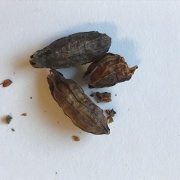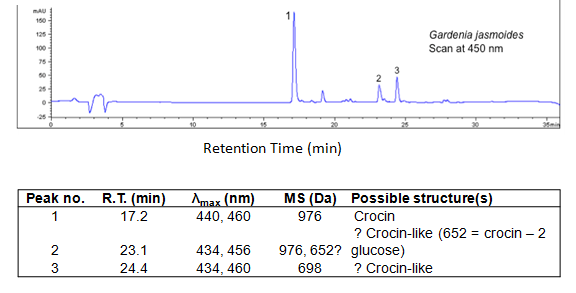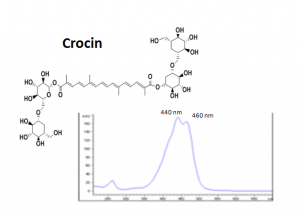Difference between revisions of "Gardenia LC"
Jump to navigation
Jump to search
| Line 6: | Line 6: | ||
''Gardenia jasminoides'' is an evergreen shrubs and small trees growing to 1–15 meters (3.3–49.2 ft) tall. The tinctorial fruits are called huangzhizi in Chinese. This species can be difficult to grow because it originated in warm humid tropical areas. It demands high humidity to thrive, and bright (not direct) light. It flourishes in acidic soils with good drainage and thrives on [68-74 F temperatures (20-23 C)] during the day and 60 F (15-16 C) in the evening. | ''Gardenia jasminoides'' is an evergreen shrubs and small trees growing to 1–15 meters (3.3–49.2 ft) tall. The tinctorial fruits are called huangzhizi in Chinese. This species can be difficult to grow because it originated in warm humid tropical areas. It demands high humidity to thrive, and bright (not direct) light. It flourishes in acidic soils with good drainage and thrives on [68-74 F temperatures (20-23 C)] during the day and 60 F (15-16 C) in the evening. | ||
| − | ''Gardenia jasminoides''is indigenous in southern China | + | ''Gardenia jasminoides''is indigenous in southern China, the Ryukyu islands and southern Japan. |
== Historical importance == | == Historical importance == | ||
Revision as of 09:08, 24 July 2017
Description
Gardenia jasminoides is an evergreen shrubs and small trees growing to 1–15 meters (3.3–49.2 ft) tall. The tinctorial fruits are called huangzhizi in Chinese. This species can be difficult to grow because it originated in warm humid tropical areas. It demands high humidity to thrive, and bright (not direct) light. It flourishes in acidic soils with good drainage and thrives on [68-74 F temperatures (20-23 C)] during the day and 60 F (15-16 C) in the evening.
Gardenia jasminoidesis indigenous in southern China, the Ryukyu islands and southern Japan.
Historical importance
Summary of results
Analytical instrumentation and procedures
Chromatograms
Sample information
Identified compounds
| Compound | RT (min.) | MW | UV/vis | Other |
|---|---|---|---|---|
| crocin | 17.6 | 976 | 440,460 |
References
[1] [2] [3]



